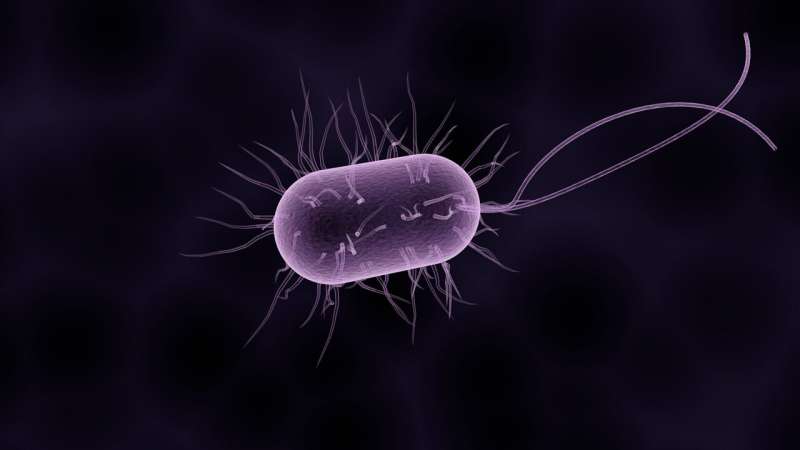New study links Lactobacillus crispatus bacterium to lower risk of preterm birth

Globally, preterm birth complications are the leading cause of death for children under the age of 5. Not everyone faces the same risk, though: In the United States, roughly 10% of pregnancies lead to preterm birth, but for Black women, that likelihood is 14%. Recent studies suggest that the vaginal microbiome, which plays an important role in a woman's reproductive health, may influence those outcomes.
Findings published in mSystems, an open-access journal of the American Society for Microbiology, support that idea. After analyzing data from a large study on pregnant women in North Carolina, researchers found that participants with a high abundance of Lactobacillus crispatus were less likely to have a preterm birth. The researchers also stratified their findings by race and found evidence for the protective effect of L. crispatus in both White and Black populations.
Lactobacillus bacteria are common in the vaginal microbiome, but the specific species that dominate may affect outcomes, said microbiologist and lead author Shan Sun, Ph.D., a researcher at the University of North Carolina Charlotte (UNCC).
"Some species are more or less protective," Sun said, "but when the vaginal microbiome was dominated by species of L. crispatus, preterm birth was 40% less likely." Sun and her colleagues also higher alpha-diversity, lower abundance of L. crispatus, and higher abundance of L. iners in the vaginal microbiome of Black women.
In the gut microbiome, greater diversity is often associated with better health. But the opposite seems to be true in the vaginal microbiome, said bioinformatics scientist Anthony Fodor, Ph.D., at UNCC. "If you have one dominant microbe, ok, that's what you want." Higher diversity may dampen the protective effects of L. crispatus in Black women, said Sun, but further evidence is needed to probe that hypothesis. Sun is a postdoctoral researcher in Fodor's lab.
Previous studies have investigated connections between the vaginal microbiome and preterm births, Sun said, but have largely been limited by low numbers of participants. The new findings are based on data on 464 White women and 360 Black women enrolled in the Pregnancy, Infection, and Nutrition (PIN) Study, based at the University of North Carolina Chapel Hill. Between 1995 and 2000, the study enrolled more than 3,000 women and compiled data on a wide range of health, environmental, and social factors.
"We can pull in microbiome data to help us describe how all these determinants of health work together to produce outcomes," said epidemiologist Stephanie Engel, Ph.D., at the University of North Carolina Chapel Hill. "We can get at the entire picture of a woman's experience of pregnancy." Engel is the current principal investigator of the PIN study. She and Fodor are senior authors of the new study.
What remains unclear, said Engel, is whether L. crispatus is itself protective or is a consequence of some other factor that lowers the risk for preterm birth. "We don't know if having a specific vaginal microbiome creates a susceptibility for some other agent that's actually the causal agent," she said.
Engel said she also hopes researchers will use PIN data to probe the racial disparities in preterm outcomes. "Are we asking the right questions? Is it really race, or racism?" she asked. "There's still quite a bit to be done to describe the nature of the microbiome during pregnancy and what influences outcomes."
More information: Shan Sun et al, Race, the Vaginal Microbiome, and Spontaneous Preterm Birth, mSystems (2022). DOI: 10.1128/msystems.00017-22




















